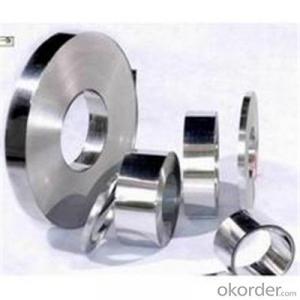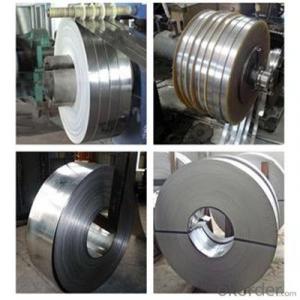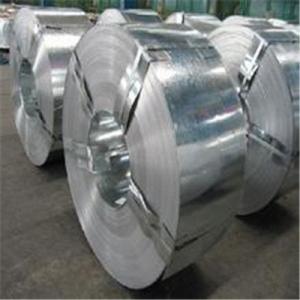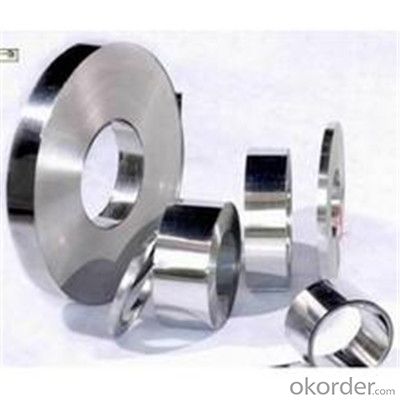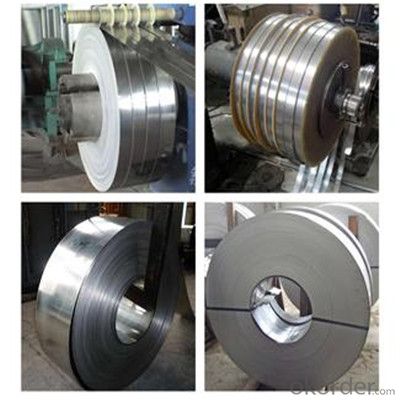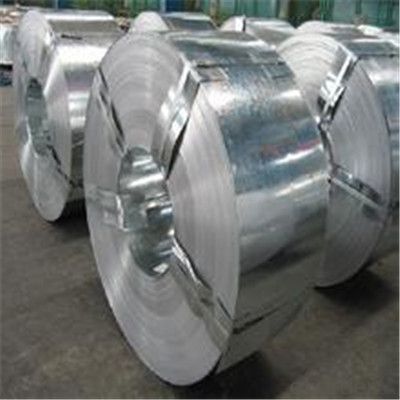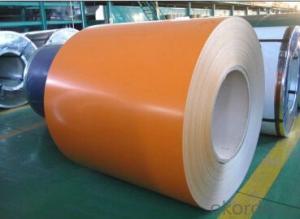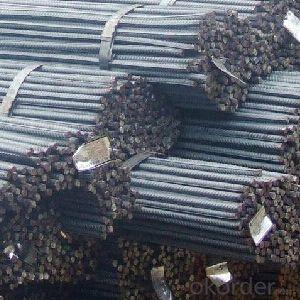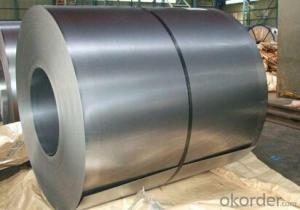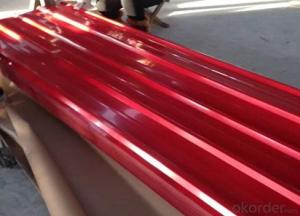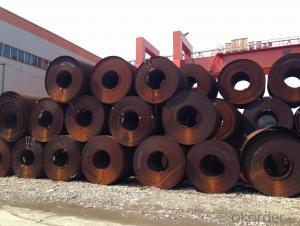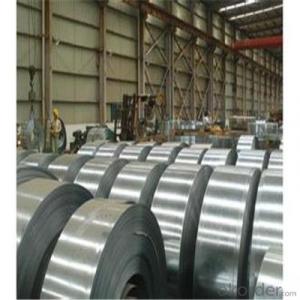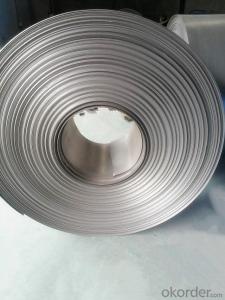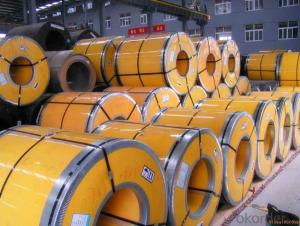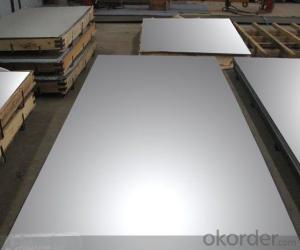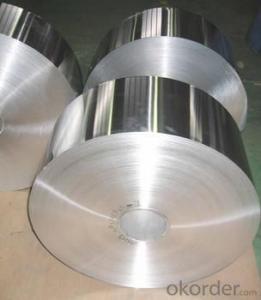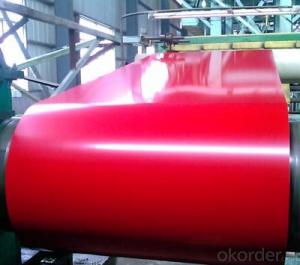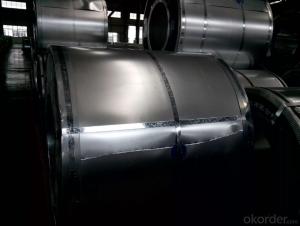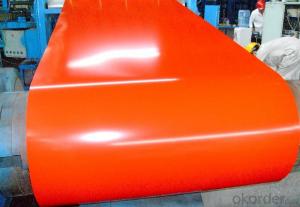Hot Rolled Steel Strip Coil with Hardened&Tempered
- Loading Port:
- Tianjin
- Payment Terms:
- TT OR LC
- Min Order Qty:
- 77 m.t.
- Supply Capability:
- 2222777 m.t./month
OKorder Service Pledge
OKorder Financial Service
You Might Also Like
Specification
Applications of Steel Strip Coils:
1:Chemical industry equipment, Industrial tanks
2:Medical Instruments,Tableware, Kitchen utensil,kitchen ware
3:Architectural purpose, Milk & Food processing facilities
4:Hospital Equipment, interior Exterior decoration for building
5:Architectural purposes, escalators, kitchen ware,vehicles
Festures of Steel Strip Coils:
1. Each coil is closely covered by oil paper or plastic film.
2. Outside it is firmly packed with sack cloth or compound paper.
3. Steel strap or PP strap to pack the outside to ensure safety.
4. On/about 1000kgs to be packed with one wooden pallet.
5. Strips can be loaded to 20'FCL without pallet if required by customer.
6. LCL shipment can also be arranged once required by the customer.
Specifications of Steel Strip Coils:
Hardened&tempred steel strip, high carbon 65Mn, HRC40-50,
used in hand saw, band saw, shutter door spring,
and various hardware tools.
Chemical compostions:C0.62-0.70% SI0.17-0.37% MN 0.90-1.20%
Images of Steel Strip Coils:

FAQ
1.What's your MOQ?
25MT, it is for one container.
2.Do you have QC teams?
Yeah, sure, our QC team is very important, they will keep the quality control for our products.
3. What's your normal delivery time?
Our delivery time about 10-20days for standard sizes, if you have other requirements like hardness and width ,it is about 20-40days.
- Q: How are steel strips used in the production of blades?
- Steel strips are used in the production of blades as they provide the necessary strength, durability, and sharpness required for cutting and slicing tasks. These strips are shaped, sharpened, and attached to the blade's body, enhancing its cutting efficiency and longevity.
- Q: How are steel strips used in the manufacturing of kitchenware?
- Due to their versatility, durability, and ease of manipulation, steel strips are commonly utilized in the manufacturing of kitchenware. These strips serve as the primary material for various utensils and appliances, such as pots, pans, cutlery, and baking trays. The shaping and forming of desired products is one of the key applications of steel strips in kitchenware manufacturing. By easily cutting, bending, and molding the strips into different shapes and sizes, manufacturers can create a wide range of utensils with various functional purposes. The flexibility of steel strips enables the production of intricate designs and details, ensuring that the final product meets aesthetic and functional requirements. Furthermore, steel strips possess excellent heat conductivity, making them ideal for cookware. They efficiently distribute heat evenly across the surface, guaranteeing uniform cooking. This property is particularly important for pots and pans, as it eliminates hotspots and allows for precise temperature control during the cooking process. Moreover, steel strips used in kitchenware are typically coated with non-stick materials like Teflon or ceramic. This coating ensures that food does not adhere to the surface, making cooking and cleaning easier. It also safeguards the steel against reactions with acidic or alkaline ingredients, thereby preserving the quality and taste of the food. Additionally, the durability of steel strips ensures that kitchenware remains long-lasting and resistant to wear and tear. Steel is a robust and sturdy material capable of withstanding high temperatures and heavy use. This characteristic guarantees that kitchenware made from steel strips can endure frequent utilization, including the use of metal utensils, without warping or scratching. In conclusion, steel strips play a vital role in the manufacturing of kitchenware due to their versatility, heat conductivity, non-stick properties, and durability. They enable the production of a wide variety of utensils and appliances, ensuring that consumers have access to reliable and high-quality kitchen products.
- Q: How are steel strips processed for welding?
- Steel strips are typically processed for welding through a series of steps that include cleaning, edge preparation, and joint alignment. Firstly, the strips are cleaned to remove any dirt, oil, or rust that could affect the quality of the weld. Then, the edges of the strips are prepared by beveling or chamfering to ensure proper penetration and fusion during welding. Finally, the strips are aligned and clamped together using fixtures or jigs to maintain the desired joint geometry and facilitate accurate welding.
- Q: How are steel strips processed for slitting into narrower widths?
- Steel strips are processed for slitting into narrower widths through a series of mechanical operations. The first step in the process is to uncoil the steel strip from a large coil and feed it into a slitter machine. The slitter machine consists of multiple circular blades that are spaced apart according to the desired width of the final strips. As the steel strip passes through the slitter machine, the circular blades rotate and cut the strip into narrower widths. The distance between the circular blades determines the width of each individual strip. The slitter machine also has a tensioning system that ensures the steel strip remains taut throughout the process, preventing any buckling or creasing. Once the steel strip has been slit into narrower widths, it goes through a series of other processes to further refine and finish the strips. These processes may include edge trimming, where any uneven or rough edges are trimmed off to achieve smooth and precise edges. The strips may also be leveled to remove any residual stresses and ensure flatness. After all the necessary processing steps, the narrower steel strips are recoiled and packaged for shipment or further processing. The slitting process allows for the production of multiple narrower strips from a single large coil, which increases the versatility and usability of the steel in various applications. Overall, the processing of steel strips for slitting into narrower widths involves precise cutting, edge trimming, leveling, and recoiling to produce strips that meet specific width requirements and quality standards.
- Q: How are steel strips used in the production of wind turbines?
- Steel strips are used in the production of wind turbines for various purposes such as forming the structural components of the tower, manufacturing the rotor blades, and creating the framework for the nacelle, which houses the generator and other crucial components.
- Q: Can steel strips be used in food processing applications?
- Yes, steel strips can be used in food processing applications. Steel strips are often used for equipment such as conveyors, cutting blades, and storage racks in the food processing industry due to their strength, durability, and resistance to corrosion. They can be easily cleaned and sanitized, making them suitable for maintaining hygiene standards in food processing facilities.
- Q: Hot rolled strip and hot rolled strip are also sealing plates? What's their function?
- First of all, there are some hot rolled strip, the main role is to prevent roll cooling water flow to the workpiece, affecting the crown of the strip and shape control.
- Q: How are steel strips typically stored and transported?
- Steel strips are typically stored and transported in a variety of ways to ensure their safety and efficiency. In terms of storage, steel strips are usually stacked in a vertical position. This allows for easy access and organization, as well as minimizing the risk of damage. The strips are often separated by wooden or steel spacers to prevent any contact between them, which could cause scratching or deformation. Additionally, steel strips are typically stored in a covered warehouse or under a protective roof to shield them from the elements and prevent rusting. When it comes to transportation, steel strips are commonly transported by trucks or trains. They are loaded onto flatbed trailers or rail cars, securely fastened to prevent shifting or movement during transit. To protect the strips from damage during transportation, they are often wrapped in plastic or strapped together using metal bands. This ensures that the strips remain intact and undamaged during the journey. In some cases, steel strips may also be transported by ships or airplanes for longer distances or international shipments. When transported by ship, the strips are usually loaded into containers and secured to prevent any movement. Air transportation typically involves packaging the steel strips in specially designed crates or pallets that provide extra protection. Overall, the storage and transportation of steel strips involve careful attention to detail and proper handling techniques to ensure their safety and integrity.
- Q: What are the safety precautions to be taken while handling steel strips?
- When handling steel strips, it is important to follow certain safety precautions to ensure the well-being of yourself and others. Here are some safety measures to consider: 1. Wear appropriate personal protective equipment (PPE): Always wear safety goggles, gloves, and steel-toed boots to protect your eyes, hands, and feet from potential injuries caused by sharp edges or flying debris. 2. Lift and carry with proper technique: When lifting steel strips, always bend at your knees and use your leg muscles to lift rather than your back. Keep the load close to your body and avoid twisting or jerking motions to prevent strains or sprains. 3. Use proper lifting equipment: If the steel strips are heavy or bulky, use mechanical lifting aids such as hoists or forklifts to reduce the risk of injuries. Ensure that the equipment is in good working condition and follow proper operating procedures. 4. Secure and stabilize the load: If transporting steel strips, make sure the load is properly secured and balanced on the vehicle or pallet. Use straps or chains to prevent shifting or falling during transportation. 5. Be aware of sharp edges: Steel strips often have sharp edges that can cause cuts or punctures. Handle them with caution and avoid dragging or sliding them against surfaces or other objects. 6. Store safely: When storing steel strips, ensure they are stored in a well-organized manner to prevent them from falling or toppling over. Use appropriate racks or shelves designed for heavy loads. 7. Maintain a clean work area: Keep the work area free from clutter, debris, or any potential hazards that may cause slips, trips, or falls. Sweep the floor regularly to remove any metal shavings or other sharp objects. 8. Be mindful of hot or cold surfaces: Steel strips can conduct heat or cold, so be cautious when handling them to avoid burns or frostbite. Use insulated gloves or other protective measures when working with extreme temperatures. 9. Follow safe cutting procedures: If cutting steel strips, use appropriate tools and follow proper cutting techniques. Avoid using damaged or dull tools as they can lead to accidents. 10. Training and supervision: Ensure that all individuals handling steel strips are properly trained in safe handling techniques and are aware of the potential risks involved. Regularly review safety procedures and provide supervision to ensure compliance. By following these safety precautions, you can minimize the risk of accidents or injuries while handling steel strips. Always prioritize safety and take necessary measures to protect yourself and others in the workplace.
- Q: What are the different mechanical tests performed on steel strips?
- Steel strips undergo several mechanical tests to evaluate their physical and mechanical properties. Some of the commonly performed tests are as follows: 1. Tensile Test: The tensile strength, yield strength, and elongation of the steel strip are measured in this test. It involves gradually increasing the axial load on the strip until it fractures. 2. Hardness Test: The hardness of the steel strip is determined using methods like Rockwell, Vickers, or Brinell hardness tests. This test assesses the material's resistance to indentation or scratching. 3. Bend Test: The ductility and flexibility of the steel strip are evaluated in this test. The strip is bent to a specific angle without any signs of cracking or breaking. 4. Impact Test: The toughness and impact resistance of the steel strip are assessed by subjecting it to a sudden load or impact. This test measures the energy absorbed by the material during fracture. 5. Fatigue Test: This test determines the strength and durability of the steel strip under repeated or cyclic loading conditions. It evaluates the material's resistance to failure caused by repetitive stress or strain. 6. Flattening Test: The ability of the steel strip to withstand flattening or deformation under compressive forces is evaluated in this test. It measures the deformation or cracking of the strip under a specific load. 7. Shear Test: The shear strength of the steel strip is determined by applying a force parallel to its surface. This test measures the maximum force required to shear the material. These mechanical tests play a crucial role in characterizing the quality, performance, and suitability of steel strips for various industries like automotive, construction, or manufacturing. They provide valuable information about the material's strength, ductility, hardness, and ability to withstand different loads and forces.
Send your message to us
Hot Rolled Steel Strip Coil with Hardened&Tempered
- Loading Port:
- Tianjin
- Payment Terms:
- TT OR LC
- Min Order Qty:
- 77 m.t.
- Supply Capability:
- 2222777 m.t./month
OKorder Service Pledge
OKorder Financial Service
Similar products
Hot products
Hot Searches
Related keywords
